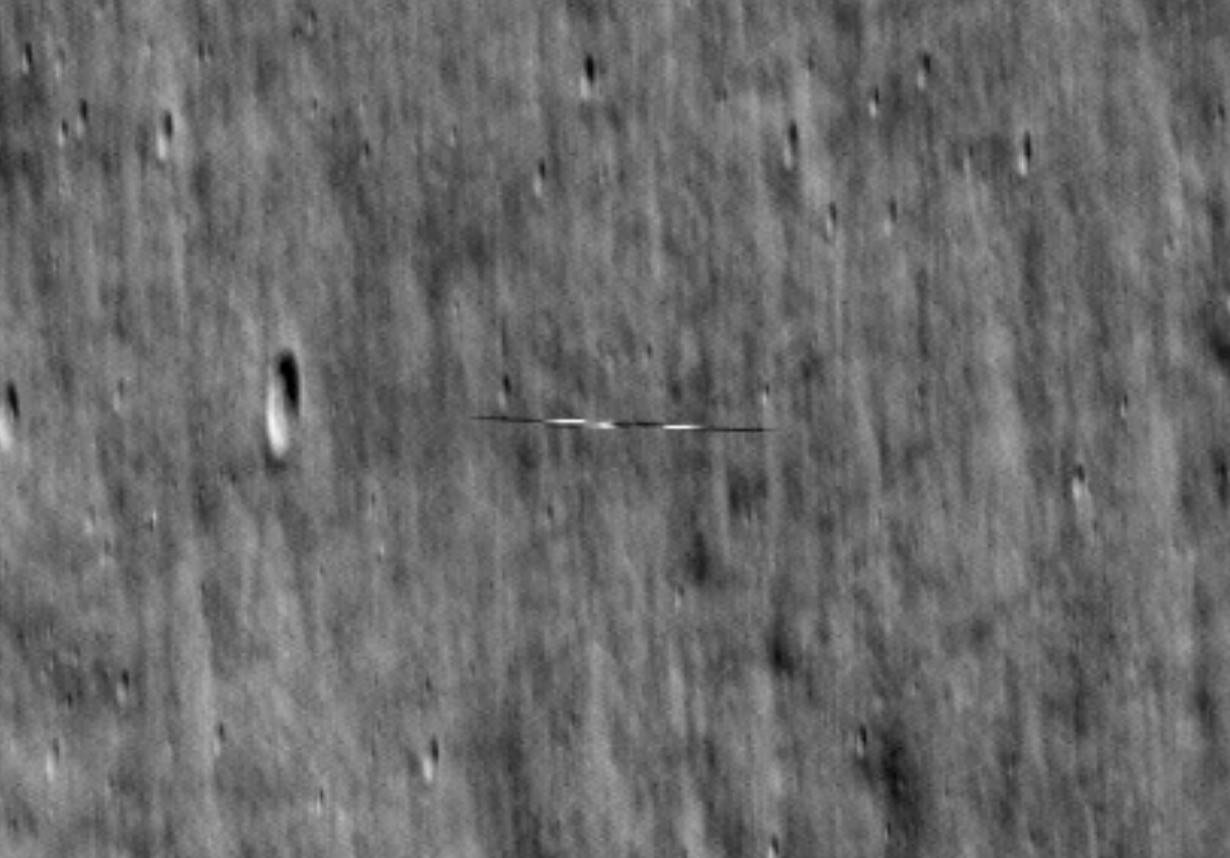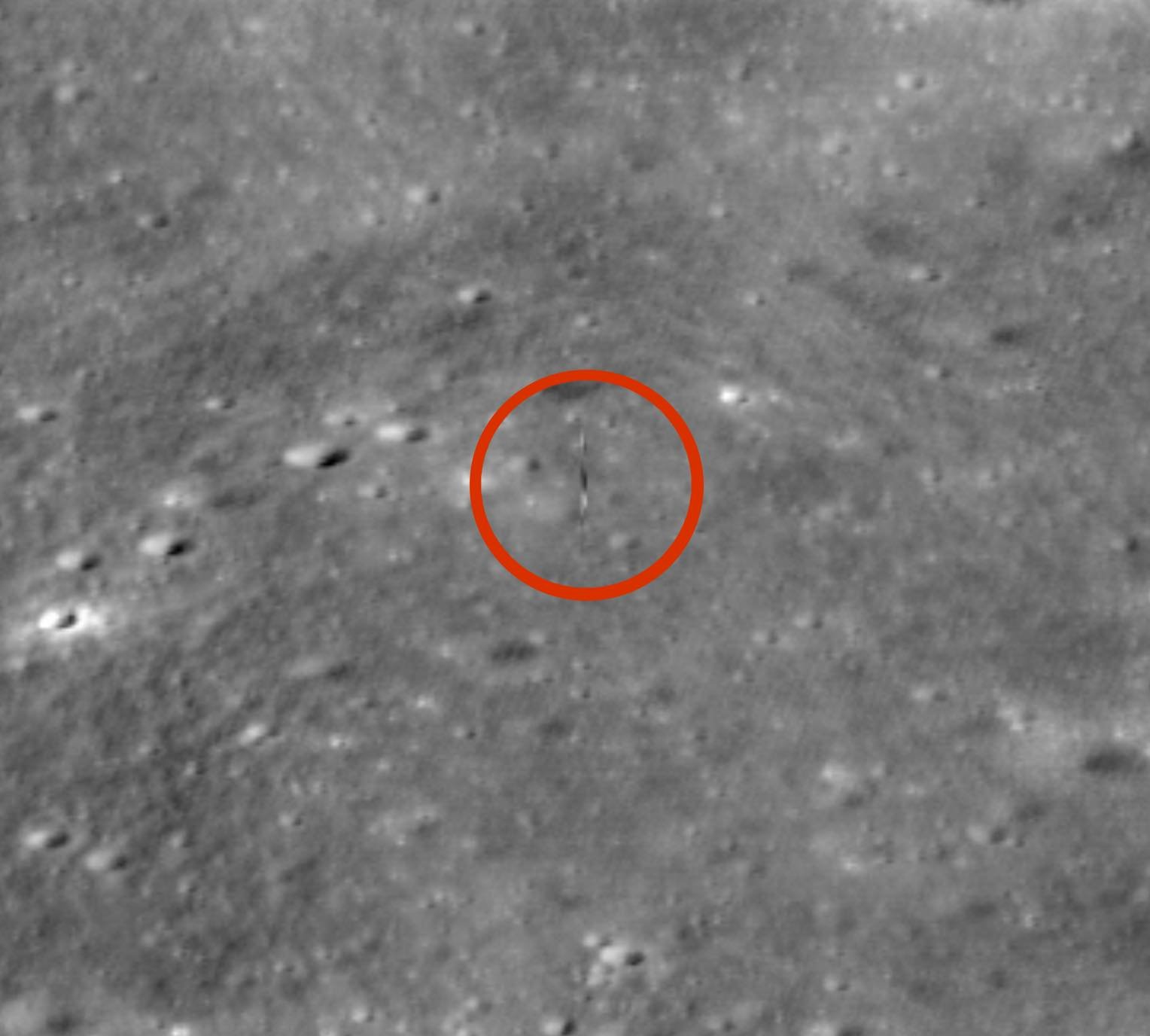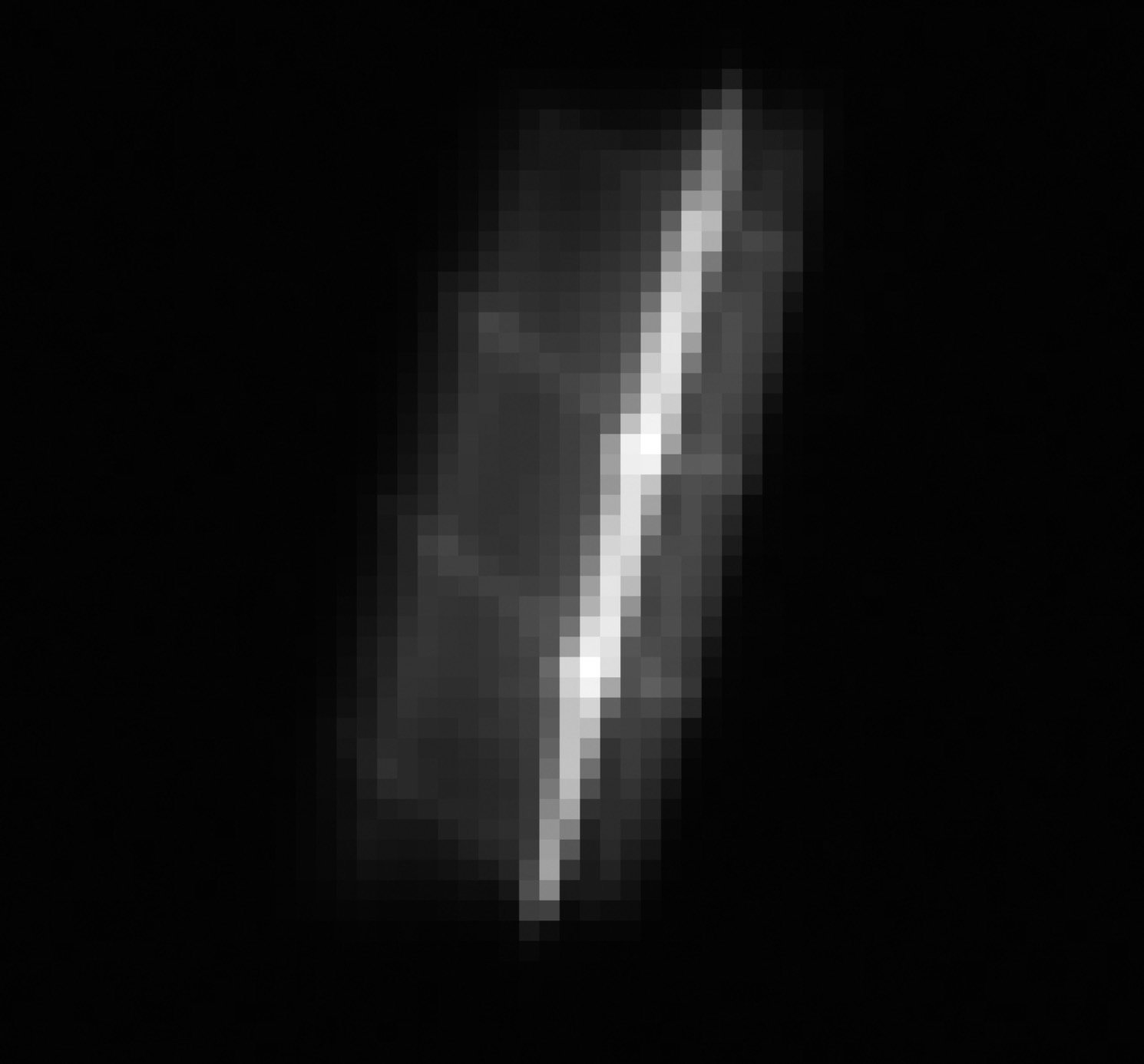The identity of the speeding object captured in images taken by NASA's Lunar Reconnaissance Orbiter spacecraft last month has now been revealed, according to officials at the US space agency.
The unusual-looking elongated object was spotted by the narrow-angle camera aboard the Lunar Reconnaissance Orbiter (LRO) during its routine pass over the lunar surface between March 5 and 6, 2004.
Now, NASA officials have done just that open The identity of the strange-looking object and the reason for its strange appearance in images obtained by LRO last month.


In 2022, the Korea Aerospace Research Institute (KARI) launched its own orbital spacecraft Korean Lunar Pathfinder spacecraft (KPLO), on Aug. 4 from Cape Canaveral Space Force Station. KPLO, also known as Danuri, marks the first official mission launched by South Korea, which will see the spacecraft in lunar orbit for one year.
During his mission, Danori will use an array of scientific instruments made by South Korea, as well as one instrument made by the United States, to conduct several experiments that will study the lunar environment, as well as help demonstrate the “lunar internet” and identify potential future landing sites.
Working in nearly parallel orbits, last month KPLO and LRO passed in opposite directions, allowing LRO to capture images of the South Korean spacecraft as it passed.
Due to their opposite directional trajectories and the speed at which each lunar orbiter moves in its own orbits (estimated at approximately 7,200 miles, or 1,500 kilometers per hour), Danori appeared elongated, making it appear close to ten times its actual size. Size, even despite the short exposure time of just 0.338ms used by the narrow-angle LRO camera.
According to the LRO operations team based at Goddard Space Flight Center in Maryland, the high travel speeds between LRO and Danori meant that perfect timing was required for the NASA team to be able to capture images of the South Korean spacecraft.


The images obtained by NASA in March are not the first time one of these spacecraft has obtained images of the other. Last April, KPLO successfully obtained images of the LRO using its ShadowCam camera, which NASA provided for the South Korean orbiter mission.


Danori has a conventional box shape with a pair of solar panel wings and a parabolic antenna, and relies on a single propulsion system that includes four 30N thrusters, which help it achieve orbital maneuvers, and an additional four 5N attitude control thrusters.
Although designed to operate for only one year, it is possible for KPLO, like LRO, to enter an extended phase, during which it descends to a lower position in the orbit, placing it only 70 km above the lunar surface.


In addition to LRO and KPLO, there are at least ten others Objects currently known to orbit the MoonSome of them no longer exist now.
You can learn more about KPLO's mission is here. Meanwhile, additional details can be found about LRO's ongoing collection of valuable images and data about the lunar surface The official page of NASA's Lunar Reconnaissance Orbiter.
Micah Hanks is editor-in-chief and co-founder of The Debrief. He can be contacted via email at [email protected]. Follow his work in micahhanks.com And on the tenth: @mikahanks.

“Beer aficionado. Gamer. Alcohol fanatic. Evil food trailblazer. Avid bacon maven.”
